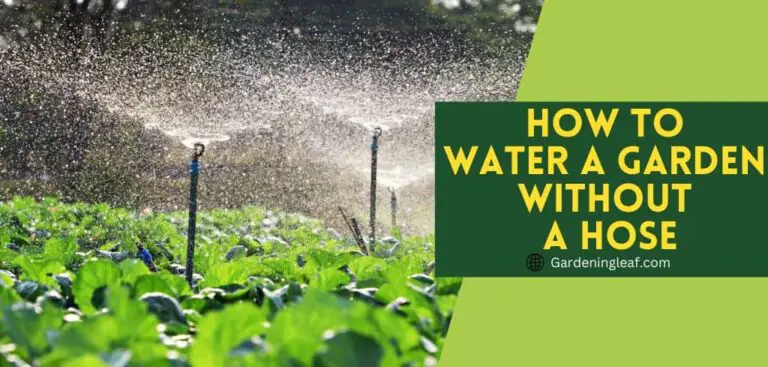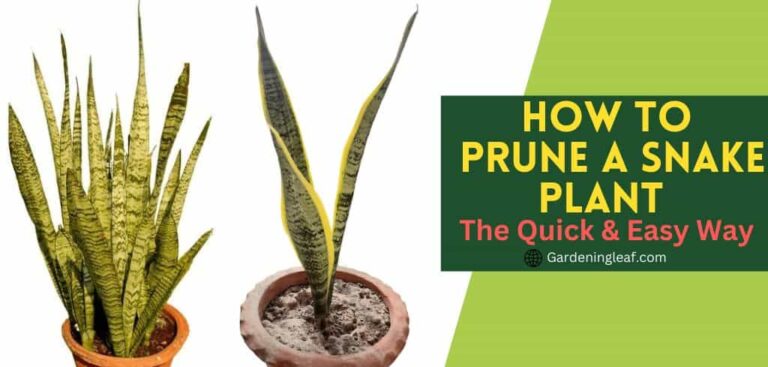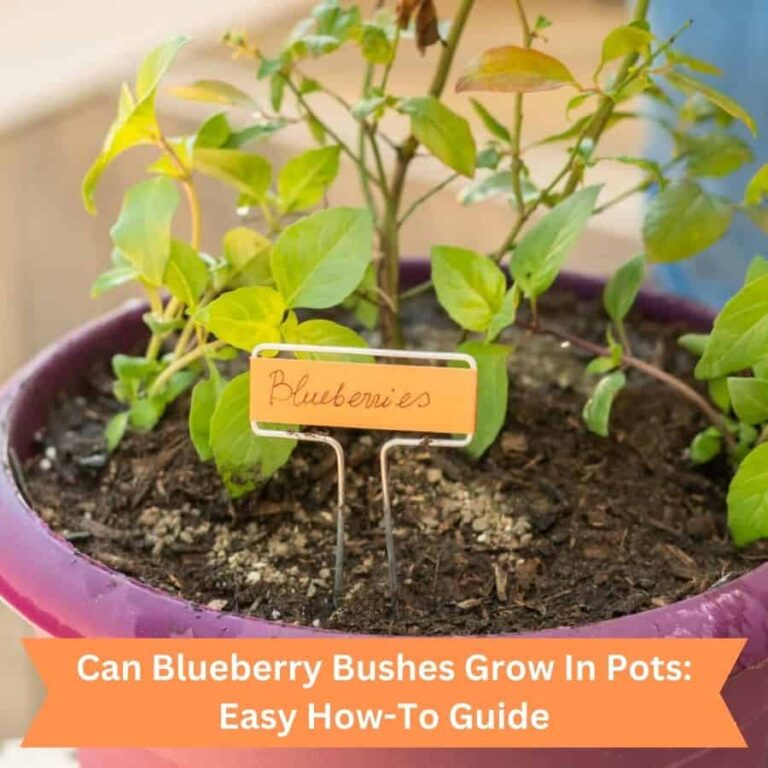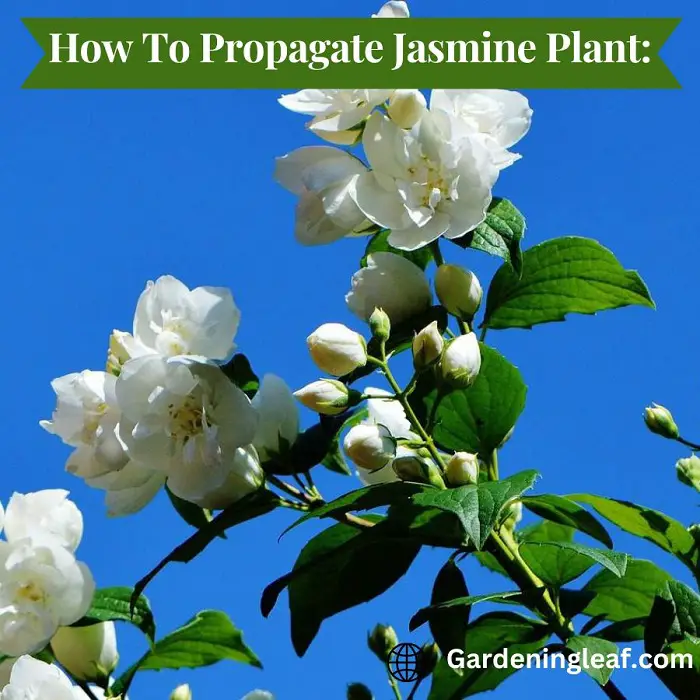How to Repot a Plant with Root Rot – a Step-by-Step Guide
If you facing a problem with houseplant root rot. It is essential to react swiftly to save the plant and keep the disease from spreading to other plants.
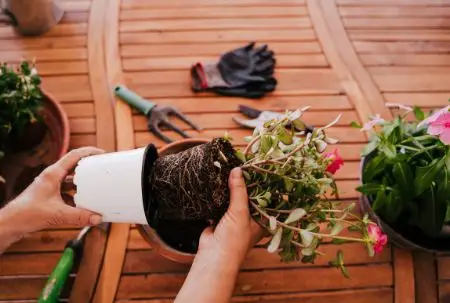
Repotting with root rot can be difficult. However, completing the task effectively with the necessary measures and attention is possible. This article will explain How to Repot a Plant with Root Rot.
We will walk you through removing the diseased roots, selecting the appropriate soil. and caring for the plant to ensure a healthy recovery.
This article will provide the knowledge and resources you need to repot your plant with root rot, whether you are a seasoned gardener or just starting.
The step by step method of How to Repot a Plant with Root Rot
Root rot is a fungi-based disease that affects plants. If left untreated, root rot can quickly spread and cause the plant to die. I’ll tell you how to do it below. On How to Repot a Plant with Root Rot.
Before repotting, remove any affected roots and soil.
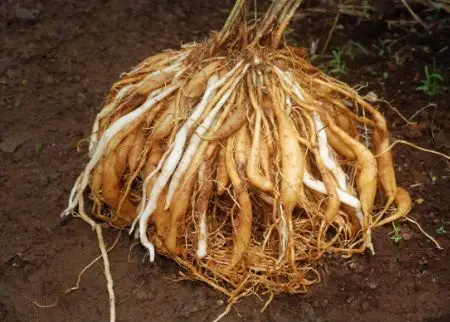
1) Gently clean the roots with a water-spray hose or watering can. If excessive mud is on the roots, scrub them gently with a garden brush before cleaning them. Prune all mushy roots, dirt, waxes, and debris utilizing your fingers or a stiff brush. Discard any diseased roots as well as broken ones that are beyond repair.
To prevent the spread of fungal fragments to other plants or soil, it is important to sterilize the pot and scissors used for pruning the roots with bleach and water after all roots have been trimmed.
2) Fill an 8-inch pot ( or the size of the roots you’re repotting) with fresh soil and spread it evenly around the roots.
3) Water the plant well from the top using a watering can or hose so that extra moisture does not gather in the pot. Guard against overwatering, as root rot is most likely to develop in plants that periodically dry out between waterings.
4) poor drainage soil will be one of the reasons. So try to use a well-drain soil mix. Some plants are more prone to root rot than others, and depending on the plant, you may want to consider using a root rot mix specifically formulated for this type of problem (available at most garden centers).
5) Spread a fungicide around the roots. Fungicide may help to slow or stop the spread of the fungus and will hopefully save your plant from dying. Be sure to follow the product’s directions carefully, and be aware that any chemical treatment can have unintended side effects. If you use a fungicide to treat the roots, ensure adequate drainage, so that excess water does not gather and wash away the treatment. Shallow planting also helps keep soil wetter longer, which encourages root growth ( and the spread of root rot fungus).
6) place your plant in an area that receives at least 5-6 hours of direct sunshine. Root rot is most frequent in not receiving enough light or moisture. Place your plant in its new container, ensuring all its roots are submerged below ground level. To ensure proper drainage, gently press the plant into the potting soil.
Signs of Root Rot in Plants
Root rot is a common gardening problem affecting outdoor and indoor plants. However, in its early stages, it can be not easy to detect. Here are some symptoms of root rot.
1. Wilting: If your plant is drooping or wilting despite regular watering, it may be a sign of root rot. This can happen when the roots cannot absorb water due to disease or decay.
2. Yellowing leaves: Yellowing leaves on your plant can say root rot, especially if the yellowing starts at the bottom of the plant and moves upward.
3. Soft or mushy stems: If you notice that the stem of your plant feels soft or mushy to the touch, it could be a sign of root rot.
4. Foul odor: A decaying or rotting smell from your plant’s roots is a clear sign of root rot.
5. Fungal growth: Fungus growing on the soil surface, on the roots, or on the base of the plant is a clear sign of root rot.
Identifying root rot early on is important as it can spread and kill the plant if not treated. If you see any of these signs, it is time to repot and deal with them.
Read More:-Best Soil for Chinese Money Plant – What Kind Do You Need?
Causes of Root Rot
Over-watering: One of the common reasons is overwatering. When plants are sitting in water, their roots can’t breathe and can begin to rot.
Poor Soil Quality: Soil that is too heavy, dense, or compacted can prevent proper water drainage, leading to root rot.
Poor Air Circulation: Plants grown in ventilated containers or areas with high humidity can be susceptible to root rot.
No Drainage Holes: Without drainage holes, excess water cannot drain out, which is one of the causes.
Fungal Pathogens: with excess moisture conditions, plants can infect fungi . That can infect plant roots.
How to get rid of root rot and save a plant
If root rot has affected a significant part of the plant’s roots and foliage, saving it may no longer be possible. However, if some healthy roots remain, there is a chance for restoration.
Stop watering: Stopping watering is the first step in treating root rot. Drying out the soil can aid in killing off any fungus growth and halt the spread of the disease.
Repotting: Repotting is the best solution to save the plant from dying. If you see any rotting or diseased roots when you are repotting, trim them with scissors or pruning shears.
Use fresh, well-draining soil: When repotting the plant, use a fresh, well-draining potting mix.
Be mindful of watering: Be aware of your watering practices once it has been repotted.
Provide proper light and temperature: Ensure it receives sufficient light and is protected from harsh weather conditions. This thing can play a significant role in the occurrence of root rot
By following these steps, you can help to get rid of root rot and save your plant. its may take some time to recover, but with appropriate care, it should recover.
Read More:- How often do you water marigolds : A Clear to Proper Watering and Maintenance
After repotting, how should you care for the plant?
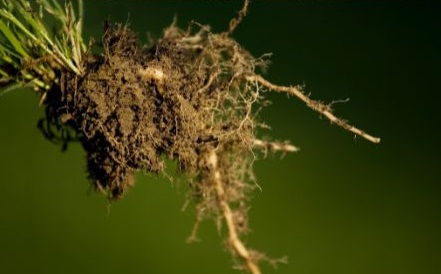
After reporting, exercise caution when watering. Before watering, check the soil with your touch. Before watering again, make sure the soil is totally dry. A soil moisture meter can determine when to water your plant again. Maintaining a proper watering schedule is important.
Put the plan somewhere that will get enough sunshine. Maintain the plant in a temperature-appropriate environment.
If the plant requires a high degree of humidity, you may need to mist it more frequently or use a humidifier. Never feed or fertilize until it has recovered from transplant shock. Examine the plant’s leaves for bugs.
FAQs
How long will it take for my plant to recover from being repotted?
It normally takes a few weeks for plants to fully recover after being repotted. You may notice some abrasion or swelling on the roots due to the movement, but this will disappear after the plant settles into its new soil and water container. Moving the plant back into its original spot as soon as possible will help avoid further injury or stress during the repotting process.
Does hydrogen peroxide kill root rot?
Yes, hydrogen peroxide can be used to cure root rot. Hydrogen peroxide helps to kill harmful bacteria and fungi. It also provides oxygen to the root system to promote healthy growth.
When using hydrogen peroxide to treat root rot, it is recommended to dilute it with water at a 3% concentration. The mixture should then be poured into the soil around the roots. It’s important to take care not to pour it onto the roots, after the hydrogen peroxide treatment.
Monitoring the plant and adjusting its care as needed will help to ensure a successful recovery.
Read More:- Why Is My Monstera Dripping Water is it Sweating or Crying?
Conclusion
Repotting is an important process that can help the plant heal and return to healthy growth. Follow the direction in this post to provide a successful repotting process. Make sure to take care of the plant after the repotting process is complete to help it reach its full potential.
We hope you found this article useful in learning more about how to repot a plant with root rot safely and effectively!
Source : –https://www.elitetreecare.com/library/tree-diseases/root-rot/

